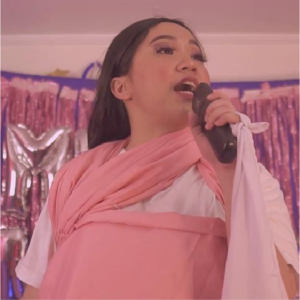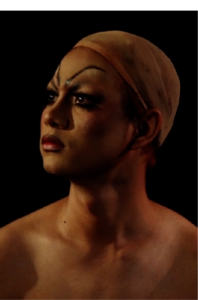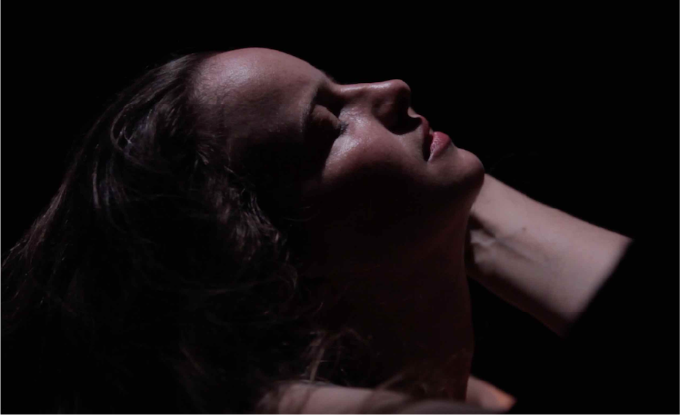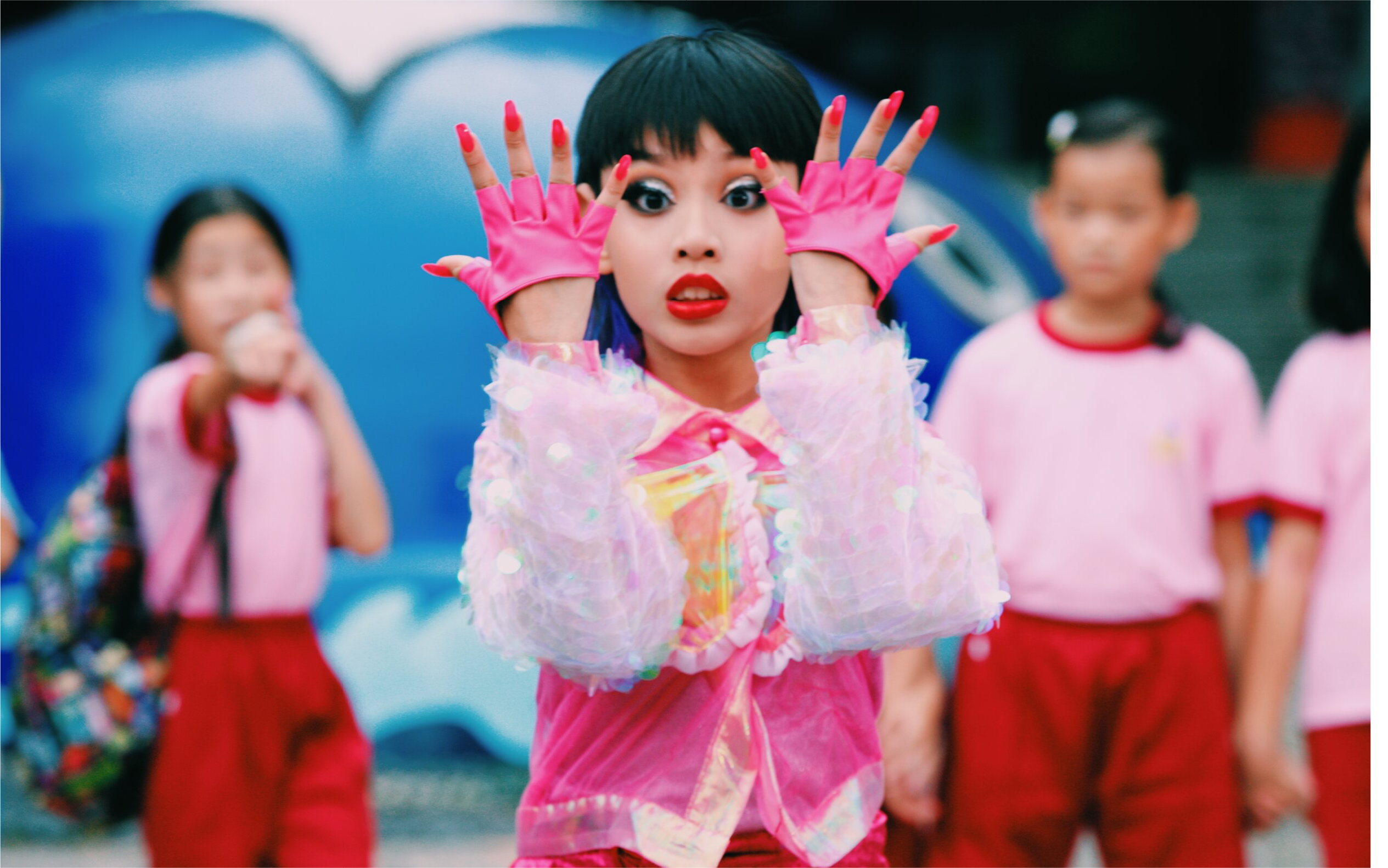This article originally appeared in the December 2022 issue of CONNECT.
Shad Schwarck (Osaka)
 Living in Japan can come with a sense of alienation for any foreigner, especially for those of us under the LGBTQ+ umbrella. Among both the Japanese society around us and other foreigners, however, we are not alone—and nothing illustrates our presence quite as clearly as when we come together in one place.
Living in Japan can come with a sense of alienation for any foreigner, especially for those of us under the LGBTQ+ umbrella. Among both the Japanese society around us and other foreigners, however, we are not alone—and nothing illustrates our presence quite as clearly as when we come together in one place.
In September of this year, one such event drew a crowd of Japanese people and foreigners alike—the Kansai Queer Film Festival. The festival ran in early September in Osaka and late September in Kyoto. It showcased both Japanese and international films produced by artists and small film groups covering a wide range of queer experiences and stories.
I attended a screening of international films in Kyoto with a friend. The venue, Goethe Institut, is a German culture, art, and language center situated near the Kamogawa River. We got lost on the way, but we were helped to the right place by a passerby who saw us and assumed (correctly) that we were gay people looking for the film festival. Upon arrival, we were excited to see the diversity of attendees—from college-age to the elderly, from Japanese people to foreigners of all kinds, from those dressed in the bold fashions often expected from queer self-expression to those in sensible business clothes. Feeling at home among the crowd, we purchased our tickets and waited for the films to begin.
 This screening showed seven films: Doubts by Pedro Rudolphi, Tank Fairy by Erich Rettstadt, Alexa, Xander, and the Universe by Vahn Lenard C. Pascual, Hold by Marit Östberg, The Note by Jen Nee Lim, Boy Queen by Sai Nyn Min Htut, and God’s Daughter Dances by Byun Sungbin. Their topics and tones varied, The Note depicting tense social interactions between students and their HIV+ classmate, while the flashy, glamorous, (literally) explosive story of Tank Fairy follows a young boy who wants to crossdress and the household gas delivery person—who happens to be a fairy in both a fashionable and literal sense—that grants him magical confidence.
This screening showed seven films: Doubts by Pedro Rudolphi, Tank Fairy by Erich Rettstadt, Alexa, Xander, and the Universe by Vahn Lenard C. Pascual, Hold by Marit Östberg, The Note by Jen Nee Lim, Boy Queen by Sai Nyn Min Htut, and God’s Daughter Dances by Byun Sungbin. Their topics and tones varied, The Note depicting tense social interactions between students and their HIV+ classmate, while the flashy, glamorous, (literally) explosive story of Tank Fairy follows a young boy who wants to crossdress and the household gas delivery person—who happens to be a fairy in both a fashionable and literal sense—that grants him magical confidence.
Perhaps the most striking however was Hold, which focused on couples in a BDSM environment. Despite the explicit nature of the film, which did not shy away from the nudity, pain-play, and sexual acts involved in these couples’ scenes, it was filmed with reverence for the acts between these partners and the trust and care between them making it possible. The quiet, deliberate framing depicted these acts as intimate works of art created by people in caring environments. These were scenes of lovers tending to their partners’ emotional needs, rather than brash, hasty pornography, and the film ended with the couples gently embracing in a calm, fulfilled gentleness.
People like us not only exist but exist loudly and with joy.
It struck me as something both literal and metaphorical; that something like BDSM is so often thought of as depraved to those who know little of it beyond the sensationalized version shown to them in media, and how that can be applied to the LGBTQ+ experience; so personal, intimate, and beautiful to those who know it personally, despite being viewed as something extreme and unusual to those who don’t. It left me with both peace and somber realism, thankful that this film and its meaningful, respectful depiction of those couples’ bonds of trust exists. I have to wonder if the rest of the audience felt the same, and I have to hope that, to anyone outside of the community, this and the rest of the films left the viewers with something personal and profound to consider after returning to their lives outside of this building in the middle of Kyoto.

My friend and I left with a sense of connection to the people in that theater, pleased with the knowledge that even in the cultural center of Japan, people like us not only exist but exist loudly and with joy as we share our art with others. I cannot muster a better description of the feeling than to quote a friend who volunteered at the event, that despite our invisibility in the day-to-day, we are not alone: “we are fucking here!”
The Kansai Queer Film Festival is held yearly in theaters in Kyoto and Osaka. To learn more, visit: https://kansai-qff.org/
Shad Schwarck is a transmasc first-year JET and digital artist with a focus on indie game development and queer expression. He studied Japanese at Kanda University in Chiba Prefecture and spends his weekends working on his personal game project, Void Zone.




